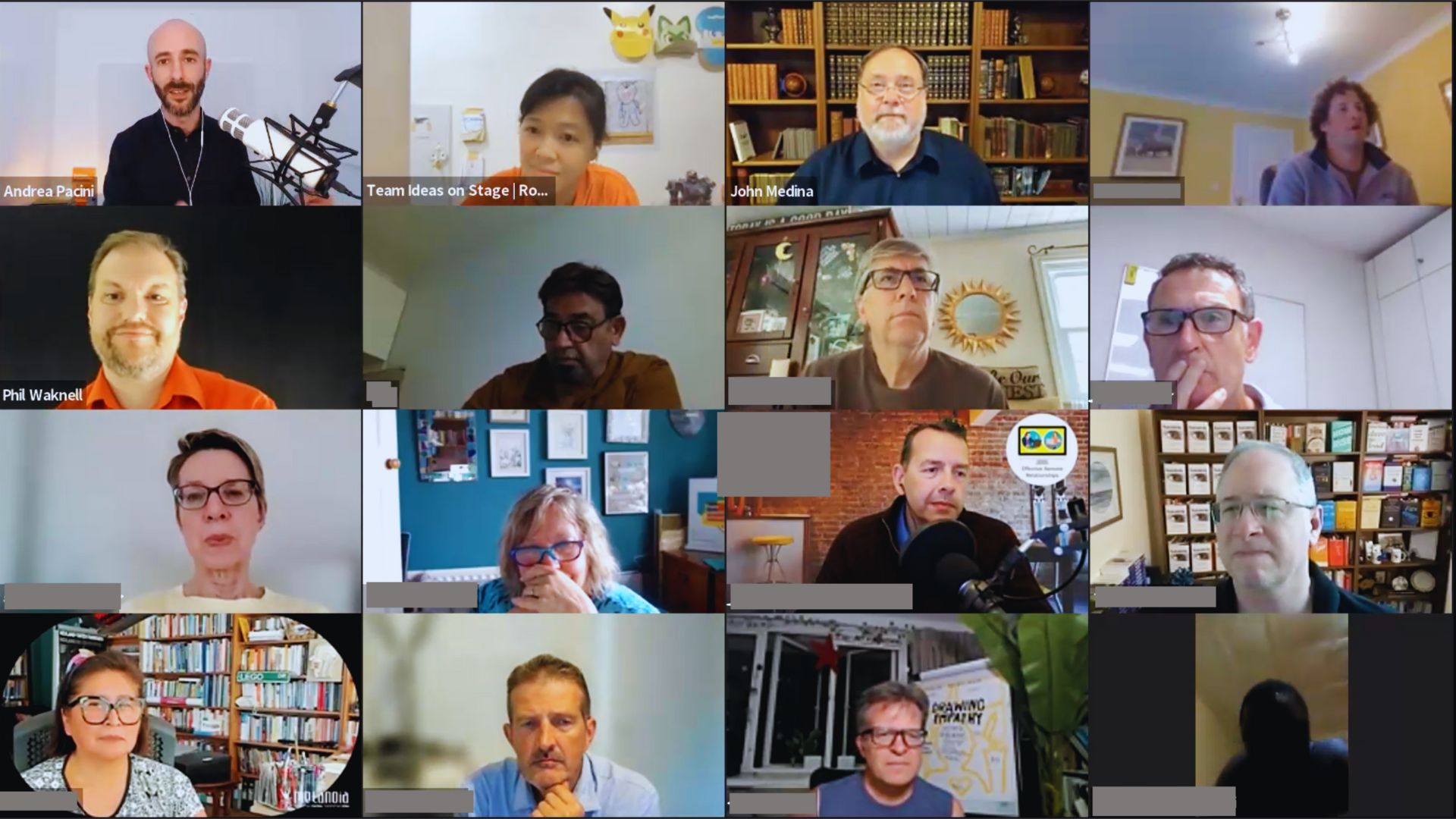
On June 6, 2023, we hosted a special event, Brain Rules for Effective Communication. The event featured the esteemed guest speaker, Dr. John Medina, renowned author of the New York Times bestseller Brain Rules. In this article, I highlight the key takeaways from Dr. Medina’s thought-provoking presentation.
Why it Matters
Attempting to be an effective communicator without understanding how our brain processes information is like shooting an arrow without a target. While you may hit something, you won’t achieve the objective of engaging and influencing your audience.
Narratives and Storytelling
At the core of Dr. Medina’s presentation was the exploration of the science behind communication and how our brain processes information. During the first part of his presentation, Dr. Medina highlighted the immense power of narratives and storytelling. He stressed that if you want to make something memorable, turn it into a narrative. Stories make facts 7-10 times more retrievable on average.
By incorporating Theory of Mind, which helps us put ourselves in the audience’s shoes, narratives become a compelling force. Dr. Medina emphasised the importance of making the narrative about the audience.
What Makes Information Interesting
The second part of Dr. Medina’s presentation focused on what makes information interesting to our brains. He introduced the concept of the brain’s filtering system, which selects and deselects irrelevant information. To grab and maintain attention, it’s crucial to highlight the meaning or core concept before diving into details. By following this approach, information becomes more compelling.
Rules for Effective Communication
Dr. Medina concluded his presentation by sharing three essential rules for effective communication.
- First, insert emotionally-competent stimuli or hooks into your presentations to captivate the audience’s attention.
- Second, pulse these hooks at regular intervals, ideally every 10 minutes, to maintain engagement. For online presentations, consider giving a hook every 5 minutes or so.
- Finally, turn these hooks into a narrative to make the information sticky.
Missed the Event? Watch the Full Recording
If you missed the event, you can watch the full recording below and discover the science behind effective communication.

Conclusion
Dr. John Medina’s talk “Brain Rules for Effective Communication” shed light on the fascinating workings of our brain and the importance of understanding how it processes information. By using storytelling, making your narratives about the audience, and including hooks, you can elevate your communication skills and leave a lasting impact on your audience.
If you want to become a more confident presenter, take the Confident Presenter Scorecard. Answer simple Yes/No questions, get an instant score plus suggestions for improvement. It takes less than 3 minutes. Once you complete the scorecard, you’ll receive a free pdf copy of my best-selling book Confident Presenter.